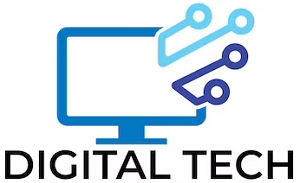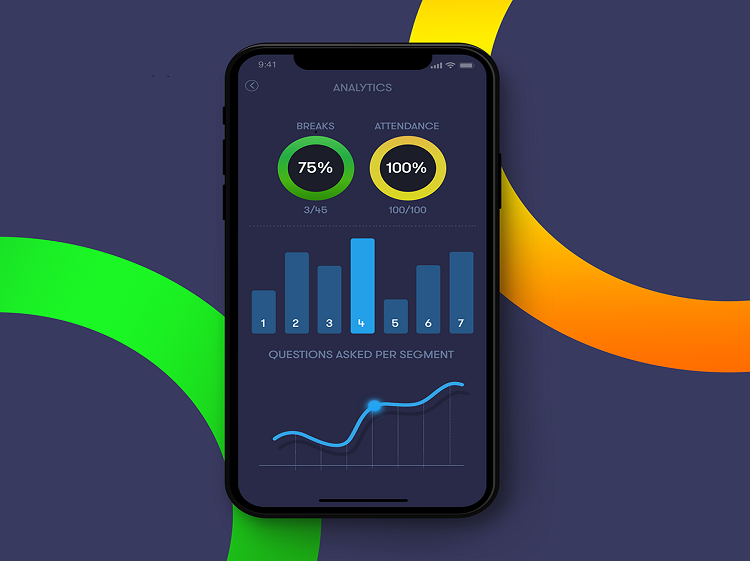The digital transformation of the public sector makes it possible to both change the way in which services are delivered to citizens and to rethink the content of these services, taking into account new data.
The success of digitalization also depends on the ability of territories to find the balance between centralization and decentralization: central operation guarantees interoperability and multiple points of contact create more proximity
During public sector digitalization projects, the user and user orientation triptych; leadership and political leadership; Developing internal skills can help maximize the adoption of digital services and their impact
The health crisis highlights the need to accelerate the process of digitalization of public services. Aware of this issue, the government wishes to take advantage of the recovery to definitively position digital as a lever for transforming administrations and sets itself the objective of making public services more accessible to citizens and closer to their daily uses.
In January 2021, 88 million of the 100 billion from the France Relance plan will be devoted to the digital transformation of local authorities. The intention is laudable. She is not new. Plans have followed one another on this theme for more than 20 years: from Jacques Chirac’s Electronic Administration Plan to Emmanuel Macron’s 2022 Public Action Plan, including the Digital France Plan of Nicolas Sarkozy and François Hollande.
The approach to follow is known: it involves combining product innovations (the service provided to users) and process innovations (the way of delivering the service) enabled by digital technologies. Thus, the digital transformation of public administrations represents an opportunity to do better, potentially with less.
However, digital transformation projects are not without risk. To succeed, administrations must deal with the specificities of public service. Upstream reflection is therefore necessary to truly make digitalization a major lever for transforming the organization of administrations.
The user at the center of the digital transformation process
The digital transformation of the public sector includes but is not limited to the dematerialization of administrative procedures. Certainly, dematerialization is a prerequisite for transformation. However, it consists of digitizing already existing procedures, without taking into account the economic and social issues that have emerged since then. Digital transformation must go beyond this. It opens up a reflection on the new services to be provided to the user, the understanding of more numerous variables, while aiming to reduce (or even eliminate) existing administrative procedures. Therefore, these developments imply placing the user at the heart of digital transformation and new organizational processes carried out by emerging administrations.
To do this, the ambitions linked to the digital transformation of public services must overcome two major pitfalls. The first refers to the question of data use. Reluctance is expressed regarding the holding and use of personal data by administrations, and a potential opacity of the technologies associated with these projects. The adoption and acceptability of new public services will require guarantees of transparency and control of the management of personal data. Second pitfall: equity of access. Digitalization can make access to procedures and procedures more difficult for many users. Elderly people are particularly affected by these difficulties.
The importance of the modus operandi of digital transformation
The modus operandi is a key factor in the success of digital transformation. It largely conditions the degree of adoption of the parties involved: internal (agents) and external (users). For this reason, numerous studies have focused on the conditions of adoption and diffusion of digital public services. The modus operandiis particularly highlighted. To ensure ownership, from their design phase, new public services involve effective coordination of all project stakeholders: administration at all levels (decision-makers, agents and public users), system designers and finally the users.
Internally, this modus operandiis the bearer of a new managerial equation. Digital transformation requires rethinking the human resources policies of administrations. It impacts both forward-looking employment and skills management (GPEC) and management methods. These impacts arise from new skills brought about by the evolution of information systems and methods of sharing information. Putting it into practice is complex and reveals the importance of choosing those responsible for digital transformation in administrations.
Governance of digital transformation: articulation of administrative levels
The level of impetus is important on a double scale: both managerial for the success in the adoption of projects, but also political, to ensure a global strategy for deploying digital transformation.
In this sense, the political organization in France suggests that the regional level would be the most relevant for carrying out a digital strategy. Indeed, the regions have skills in terms of economic development, they are also the ones who carry out innovation and research strategies. What’s more, digitalization involves reaching a critical size and building a global strategy assuming a certain degree of centralization. The regional level allows the establishment of a “platform” logic, in particular to understand the user in a unique way, regardless of the community responsible for providing the service in question.
At the same time, digitalization makes it possible to bring the administration closer to users by increasing the number of access points to public services in the territories. Thus, one of the levers for the success of digital transformation involves the ability of territories to find a happy medium between centralization and decentralization. The public organization then becomes agile. It articulates a high degree of centralization allowing platform operation with functional decentralization ensuring a close relationship between public services and users.
The digital transformation is therefore full of promise for administrations, their agents and users. Today, new technologies offer opportunities to improve and transform public services. A political window is open to realize these possibilities. However, the digital transformation of the public sector is not self-evident. It requires being implemented proactively and paying attention to a multitude of technological, organizational and human aspects.










